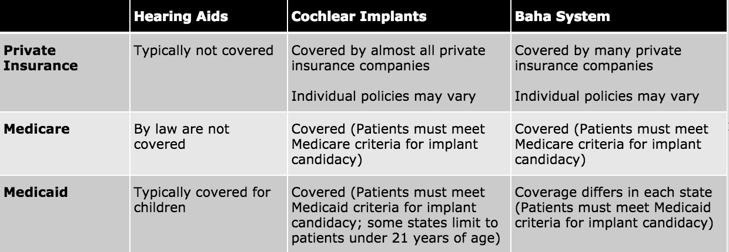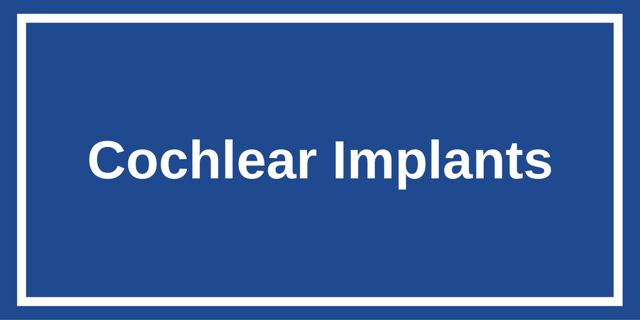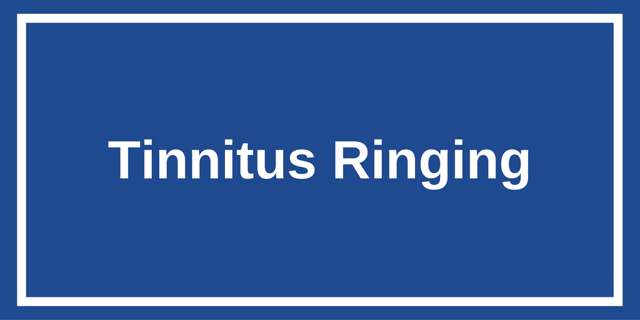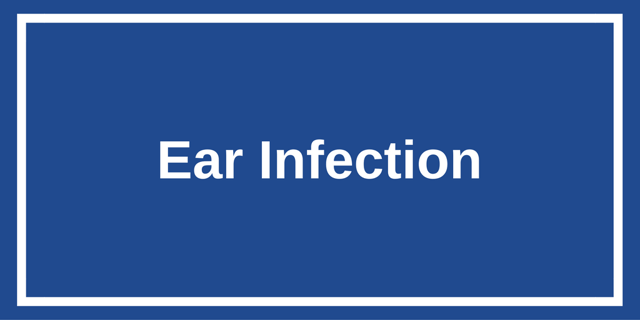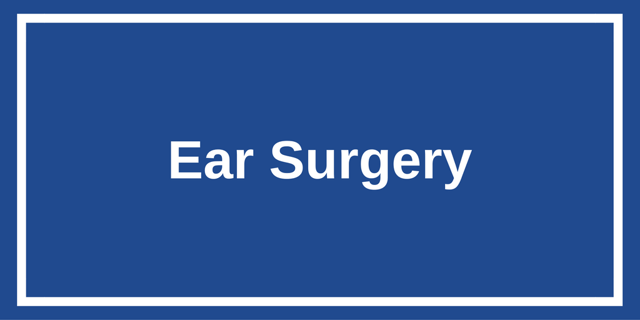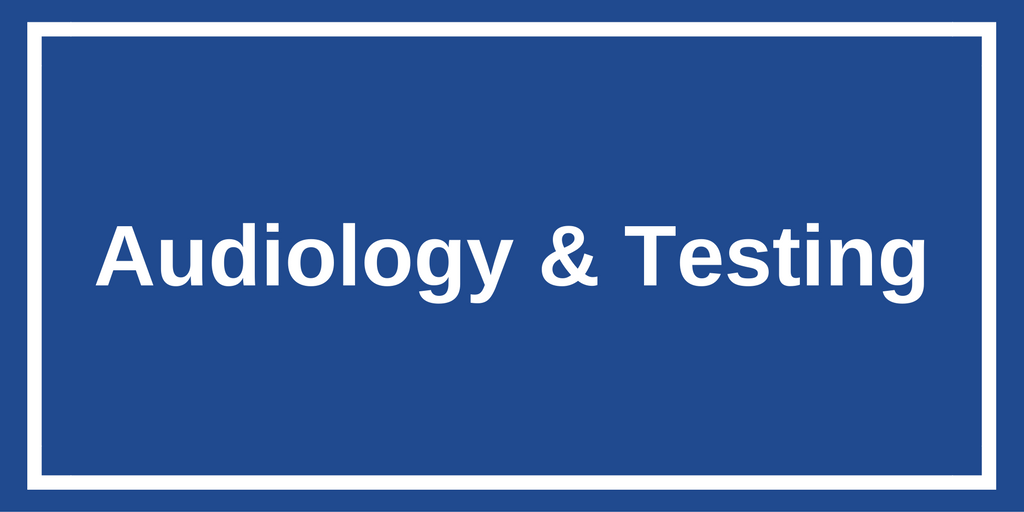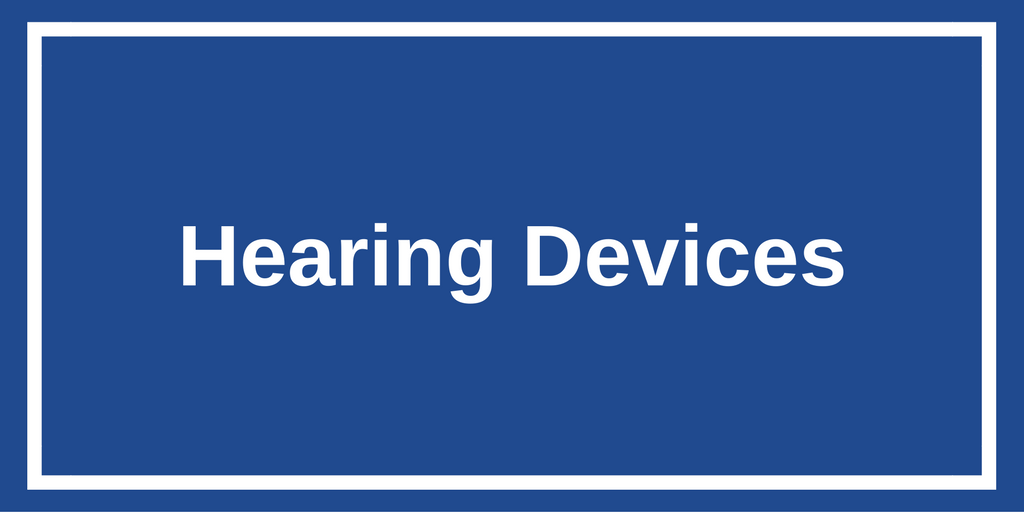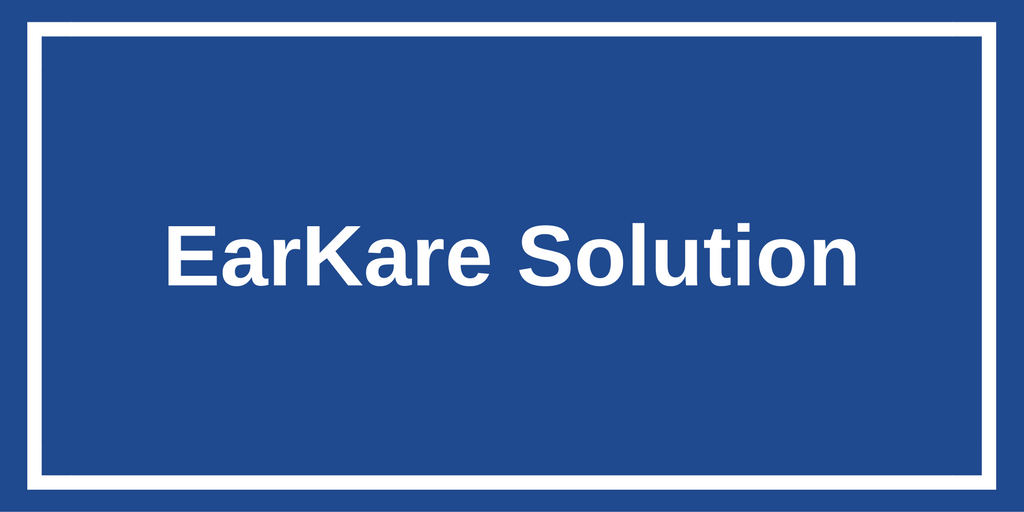Are you interested in participating in a research study?What if a simple, locally-delivered drug could enable our body to regenerate and heal itself? An investigational drug called FX-322 could potentially restore the hair cells of inner ear and may improve hearing. |
Our Otology Experts specialize in treating all types of ear diseases and disorders including, but not limited to:
- conductive, sensorineural and mixed hearing loss
- Ear infections and otitis media tinnitus
- Meniere's Disease
- hyperacusis
- otosclerosis
- acoustic neuromas
Treatment techniques can include medical, surgical and technological options. Our physicians and audiologists also specialize in bone anchored, cochlear and other types of implantable hearing devices. All levels of audiological testing and services are available at the Silverstein Institute.
Types of Hearing Loss
Depending on which part of the ear is damaged, hearing loss can be classified as one of four different types:
- Sensorineural (high frequency)
- Conductive
- Mixed
- Single-sided deafness
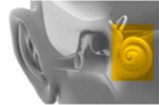
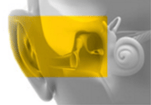

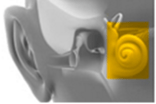
Hearing is a Priceless Investment
A variety of hearing problems affect one in three people over the age of sixty. This severely limits their ability to respond to alarms, follow their doctor's advice or even hear doorbells. This also prevents them from fully participating in regular conversations and enjoying everyday life.
The trouble with hearing loss is that the condition steadily worsens the longer it is left untreated. Being one of the five basic senses that we need to navigate our lives, its loss can spell dire consequences, especially for those who also suffer from various other afflictions brought about by aging.
While hearing aids can greatly assist patients who suffer from hearing loss, many people feel self-conscious while wearing the device, believing it to be too conspicuous and noticeable. However, those with hearing loss should understand that not being able to hear is very obvious to those around them and often much more conspicuous then any aid or device.
What Causes Hearing Loss?
There can be a number of reasons for hearing loss. Sensorineural hearing loss is damage to the inner ear or nerve pathways and can be caused by illness, medications, hereditary or genetic issues, trauma, malformation of the inner ear, exposure to loud noise or simply aging. Conductive hearing loss can be caused by ear infections, fluid buildup, allergies, perforated eardrum, benign tumors, abnormal bone growth, or impacted earwax. Mixed hearing loss, a combination of conductive and sensorineural loss, can also occur.
Treatment Options
Hearing loss treatment needs to be administered as early as possible in order to be most effective. Depending on the cause of the hearing loss, treatments can include various medical, surgical and technological options. Our physicians and audiologists will work together to determine the most effective treatment option for you. If a technological option is the best, we offer various types of hearing devices. These can include bone anchored, cochlear or other types of implantable hearing devices as well as the most advanced behind-the-ear, in-the-ear and custom fitted digital hearing aids.
Which Hearing Device to Choose?
A variety of hearing aid devices are available that can fit different budgets and lifestyles. In order to find the right aid, you may need to try several models. Our audiologists and hearing instrument specialists will work with you to help determine the right fit for your particular medical circumstances and condition. The Silverstein Institute also offers a 30-day trial period for patients to try new devices at no charge.
What is a Cochlear Implant?
Mimics the natural hearing function of the inner ear to make sounds louder and clearer
Who Can a Cochlear Implant Help?
Adults (18+ years)
- Have a moderate-to-profound hearing loss in both ears
- Demonstrated limited benefit from wearing hearing aids in both ears
Children (2-17 years)
- Have severe-to-profound hearing loss in both ears
- Demonstrated limited benefit from wearing hearing aids in both ears
Children (12-24 months)
- Have profound hearing loss in both ears
- Demonstrated limited benefit from wearing hearing aids in both ears
Hearing & Medical Evaluations
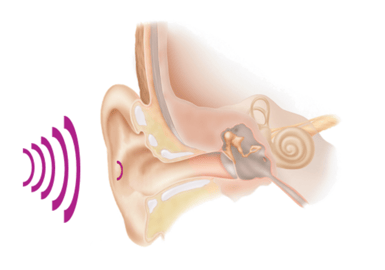 Three major goals
Three major goals
- To determine the type and cause of your hearing loss
- To determine if you are a good candidate for a hybrid hearing or cochlear implant system
- Identify factors to make your surgery safe and successful
Patient Journey
- Hearing evaluation
- Medical evaluation
- Hearing implant procedure
- Activation (typically in 2-4 weeks)
- Getting the most out of your hearing implant
Getting the Most Out of Your Hearing Implant
Follow-up appointments are key
Adhering to a rehabilitation program will help you develop new listening and comprehension skills
Example rehabilitation activities include:
- Using your hearing implant system for as many hours a day as possible
- Reading aloud to yourself and with your family and friends
- Listening to audio books while you read along with a printed copy
- Listening to songs that are easily recognized
What is the Baha System?
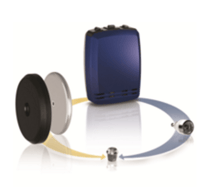 Baha Attract
Baha Attract
- Invisible magnetic bone conduction system
- Uses your body’s own natural ability to conduct sound to bypass the damaged outer and middler ear, and send sound directly to your healthy inner ear
Baha Connect
- Direct bone conduction system
- Hearing loss requiring more performance
Who Can the Baha System Help?
- Adults and children 5 years and older
- Must have mixed or conductive hearing loss, or single-sided deafness
- Children under 5 years can use the Softband system
How the Baha System Works:
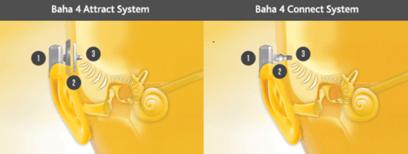
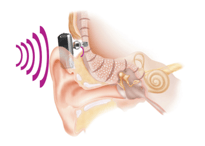
Baha System Patient Journey
- Try it first
- Baha implant procedure
- Healing after surgery
- Fitting (in 3-6 months to allow for osseointegration
Typical Insurance Coverage Comparison
